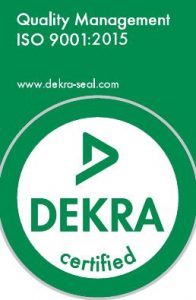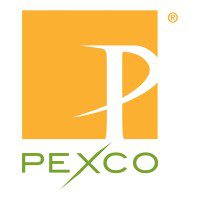Although the best-known fluoropolymer, polytetrafluoroethylene (PTFE or Teflon®), has been on the market since the 1940s, newer resins have been developed to address specific injection molding niches. Perfluoroalkoxy polymer (PFA) and fluorinated ethylene-propylene (FEP plastic) are among the most recent additions to the list of fluoropolymer options.
PFA was developed in order to create a true melt-processable fluoropolymer. It provides the smoothest and least wettable finish of all of the fluoropolymers. Its optical transparency, chemical inertness, and overall flexibility have made it popular for use in lab equipment. It also has superior electrical properties, with dielectric strength that’s three to four times greater than PTFE can offer.
Like PFA, FEP is melt-processable and injection moldable. Its melting point of 260 °C (500 °F) is about 40 degrees lower than PFA’s. It offers low friction and chemical inertness properties comparable to PTFE’s. However, it is completely transparent. Because FEP is highly resistant to sunlight, it is especially useful for molding parts that are subjected to weathering.
However, not all injection molders are equipped to work with fluoropolymers like PFA and FEP. Performance Plastics LTD. has developed a variety of tools and procedures to address the challenges involved in molding these materials. For example, our solution includes a hot runner system and mold designed to minimize the shear forces inherent in the injection molding process. We use proprietary metallurgy that’s highly resistant to fluorine gas corrosion, which helps extend the working life of the hot runner system, tooling and other components that make contact with the melted resin. We’ve also developed a direct-gating, multi-runner approach to tool design that eliminates the sprue and runner used in traditional injection molding. By eliminating the wasted material associated with the sprue and runner, Performance Plastics has been able to pass along material cost savings of from 20% to 40% by using these expensive resins more economically.
To learn more about how we can cut your resin costs while helping you take advantage of the unique properties PFA and FEP offer, visit our contact page or contact Rich Reed, our vice president of sales and marketing, at (513) 321-8404 or [email protected].






